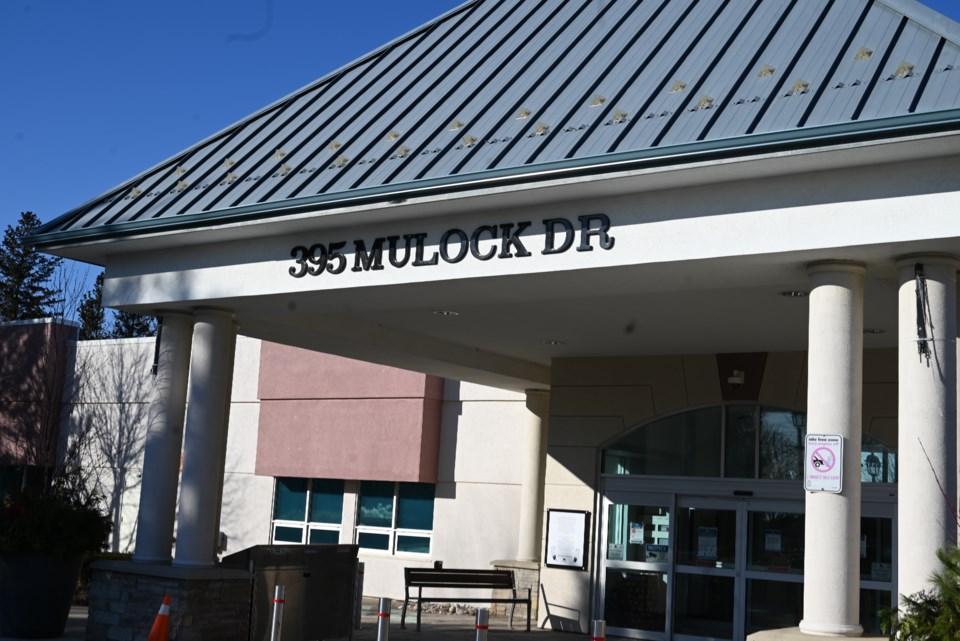Newmarket is making a statement against the region’s growth trajectory and asking for more intensification in built-up areas.
Town council voted Jan. 31 to call for the region to increase how much it plans to develop in built-in areas by five per cent in its 30-year draft official plan. Rather than a phased 50 to 55 per cent intensification rate, the town seeks a 55 to 60 per cent rate, which would involve developing more densely and sprawling less outward.
Newmarket Mayor John Taylor proposed the resolution and said it is a "modest" but needed change that could save more than 1,000 acres of agricultural land, adding the region already has an approximately 50 per cent intensification rate.
“Our far-reaching goal to provide more sustainable, environmentally, financially, environmentally, socially sustainable forms of housing is to do exactly what we’re doing for the next 20 years,” he said. “I don’t think we’re asking enough of ourselves.”
Staff presented the region’s draft official plan, which is undergoing a public consultation process. Taylor opposed the plan’s intensification rate at the regional council level, with other towns such as East Gwillimbury preferring lower intensification to expand outward.
Deputy Mayor Tom Vegh supported the motion but questioned how likely it could make a difference, given the amount of work it would take to change the intensification rate now. The region plans to approve the document in June to meet a July deadline.
“It’s unlikely, beyond making a statement, this is going to make a large impact,” Vegh said. “Hopefully, there’s opportunities that will come up over the next five years, 10 years, 15 years, etcetera, to revisit this."
Environmental groups have pushed for higher rates of intensification to reduce sprawl and dependency on vehicles in a bid to create more dense, environmentally friendly communities. But others have argued that expansion is needed to accommodate future growth expected for the region.
Taylor said he has some optimism that the resolution could make a difference and said public consultation should have a chance to sway things. But he acknowledged regional council had no appetite to increase intensification rates last fall.
“There doesn’t seem to be strong support at this point, but I hope that it can still be looked at and thought about,” he said. “Who knows who else will speak about this as the process unfolds in the next several months.”
Major transit areas a concern
Council also expressed concern about the major transit station areas included in the plan, introduced by the province to be areas of concentrated growth.
The new planning area is for places near major transit stations or bus stops, including a 500 to an 800-metre radius around it, with a density between 150 to 250 people per hectare. The new plan would include 12 such areas in Newmarket, such as west of Highway 404, the Leslie Street and Davis Drive intersection, and the Mulock Drive and Yonge Street intersection.
But council members questioned how the maps were drawn, with some extending from denser corridors into less-dense residential neighbourhoods. Council members requested a future presentation from the legal department to clarify the zones could not lead to issues, like developers building dense developments in less-dense neighbourhoods.
“Words and plans matter so much, and I think we’d want to be sure we aren’t giving anyone a foothold,” Taylor said. “So we can say to residents on that map that we’ve double and triple-checked.”
